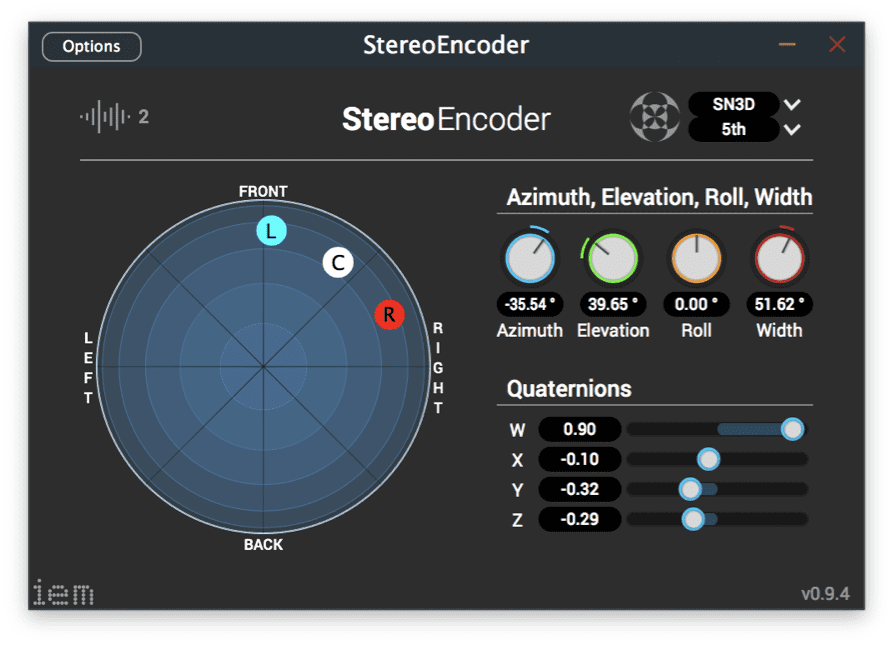A practical kit to get started with immersive audio without technical complications, focused on perception, the body, and listening. It includes 12 modules with theory, exercises, and downloadable resources on Ambisonics, binaural audio, object-based audio, and multichannel formats. Learn to listen, understand, and create 3D sound from your studio or computer, at your own pace.
